Table of Content
FAQs
In today’s online world, creating SEO-friendly content is crucial for any website looking to boost visibility, increase organic traffic, and rank higher on search engine results pages (SERPs). High-quality SEO content is the foundation of a strong online presence and plays a key role in digital marketing success. This guide will cover everything you need to know about SEO content, including its definition, why it matters, and actionable tips for writing and optimizing your content to improve search rankings and drive more traffic to your website. Additionally, you’ll discover an effective SEO content strategy that includes keyword research, content structuring, on-page optimization, and promotion techniques to enhance visibility and engagement.
What is SEO Content?
SEO content is content designed to rank higher on search engines like Google. By focusing on user intent and following search engine optimization guidelines, SEO-friendly content helps your website become more visible online. Whether you have a blog, an e-commerce store, or an informational site, creating optimized content improves your chances of reaching your target audience. With the right keywords, clear formatting, and valuable information, SEO content can drive more organic traffic to your site and boost your online presence.
following search engine optimization guidelines, SEO-friendly content helps your website become more visible online. Whether you have a blog, an e-commerce store, or an informational site, creating optimized content improves your chances of reaching your target audience. With the right keywords, clear formatting, and valuable information, SEO content can drive more organic traffic to your site and boost your online presence.
Types of SEO Content
Blog Posts and Articles
Blog posts are essential for any effective SEO strategy. They provide valuable insights, tips, and opinions on topics your audience cares about. By targeting high-traffic keywords and answering common questions, blog posts can attract readers, boost your site traffic, and establish your authority in your industry.
Product Pages
For e-commerce websites, product pages are a major driver of organic traffic. To rank higher on search engines, these pages should include detailed product descriptions, highlight unique features, and naturally integrate relevant keywords like “buy online” or “shop now.” Well-optimized product pages not only improve SEO but also drive conversions.
Guides and Tutorials
Long-form guides and how-to tutorials are great for SEO. They address specific problems, provide detailed solutions, and target competitive keywords. By offering comprehensive content, guides can help build trust, increase dwell time on your site, and improve your rankings.
Infographics and Multimedia Content
Visual content like infographics and videos is highly shareable and great for engagement. They combine eye-catching visuals with useful information, making them effective for earning backlinks and driving traffic. Search engines love multimedia content, so adding optimized titles, descriptions, and alt text can further boost your SEO.
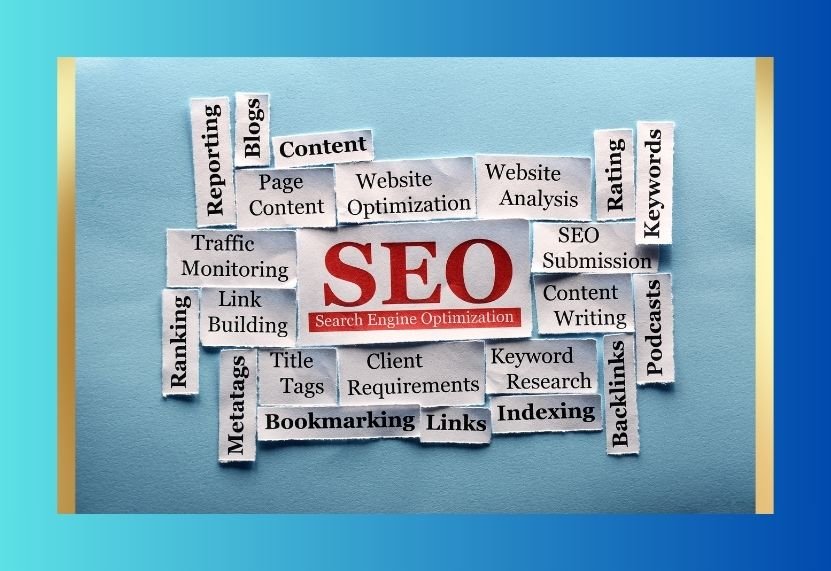
Why is SEO Content Important?
Improve Your Search Rankings and Drive More Traffic
SEO content is essential for boosting your website’s rankings on search engine results pages (SERPs). Higher rankings mean greater visibility, leading to more organic traffic and potential customers finding your site.
Establish Credibility and Build Trust
High-quality, optimized content helps position your brand as a trusted authority in your industry. When readers find valuable and relevant information on your site, they’re more likely to trust your business and take action.
Increase Conversions and Revenue
SEO-optimized content attracts the right audience, driving more leads and conversions. Whether it’s product purchases, service sign-ups, or email subscriptions, well-crafted content delivers real results that grow your business.
How to Create an Effective SEO Content Strategy
Choose the Best WordPress SEO Tool
Using the right WordPress SEO plugins can make optimizing your content much easier. Tools like AIOSEO, Yoast, and Rank Math are designed to help improve your website’s search rankings and drive more organic traffic. These tools allow you to leverage AI-powered writing assistants, which help craft high-quality, engaging content that follows SEO best practices.
They also enable you to analyze and improve your SEO performance by monitoring your content’s SEO score, identifying weak areas, and optimizing for better results. Additionally, they help you fix SEO issues in real-time by providing instant suggestions to ensure your content is fully optimized for search engines. By investing in the right tools and adopting a clear SEO content strategy, you can boost your site’s visibility and attract more readers to your WordPress site.
Focus on Keywords with Intent
Keywords are the cornerstone of SEO and the foundation for driving organic traffic. Conduct thorough keyword research using tools like Google Keyword Planner, SEMrush, or Ahrefs to uncover what your audience is searching for. Look for a mix of high-volume and low-competition keywords that align with your goals. Prioritize long-tail keywords, as they are more specific, cater to niche queries, and often have higher conversion rates due to their precise search intent. This approach not only improves your rankings but also attracts the right audience to your site.
Know Your Target Audience
Understanding your audience is essential for effective SEO. Start by researching their demographics, such as age, location, and occupation, as well as their interests and online behavior. Dive deeper into their pain points, challenges, and preferences to discover what type of content they find valuable. Use tools like Google Analytics, surveys, and social media insights to build a detailed audience profile. By tailoring your content to address their specific needs, you’ll drive engagement and foster stronger connections with your audience.
Plan with a Content Calendar
Consistency is key for SEO success, and a well-structured content calendar is your secret weapon. Map out blog posts, articles, videos, and updates in advance to ensure regular publishing. A consistent schedule not only helps you stay organized but also signals to search engines that your site is actively maintained. Include seasonal topics, industry trends, and evergreen content to cover a mix of timely and lasting subjects. Regularly publishing fresh, relevant content increases your website’s visibility, trustworthiness, and ranking potential.
Publish High-Quality, SEO-Friendly Content
Search engines love high-quality content, and so do your users. Avoid filler or fluff by focusing on actionable, well-researched, and informative content that solves real problems for your audience. Use engaging headlines to grab attention, and break up your content with subheadings, bullet points, and visuals to improve readability. Incorporate your target keywords naturally throughout the content, especially in headings, meta descriptions, and the first 100 words. Don’t forget to optimize images with alt text, compress file sizes for faster loading, and provide internal links to keep visitors exploring your site. High-quality content not only improves rankings but also builds trust with your audience.
Promote Your Content Everywhere
Creating content is just the first step; strategic promotion ensures it gets the attention it deserves. Share your content across all relevant social media platforms, tailoring posts to suit each channel’s style and audience. Use email newsletters to reach your subscribers and encourage sharing among their networks. Don’t overlook industry-specific forums, LinkedIn groups, and online communities where your target audience spends time. Repurpose your content into different formats, such as infographics, videos, or podcasts, to expand its reach and appeal. By actively promoting your content, you’ll boost visibility, drive traffic to your website, and maximize the impact of your SEO efforts.
How to Write and Optimize SEO Content: 7 Essential Tips
1. Conduct Effective Keyword Research
SEO success starts with thorough keyword research, the foundation of any strong optimization strategy. Use tools like Google Keyword Planner, Ahrefs, or SEMrush to identify high-traffic, low-competition keywords that align with your audience’s search intent. Focus on long-tail keywords to target specific queries, such as “best smartphones under $500,” which are more likely to convert because they reflect a user’s clear intent. Dive deeper by analyzing competitors’ keyword strategies to uncover additional opportunities. Remember, understanding your audience’s pain points and goals is critical to selecting target keywords that drive meaningful traffic.
2. Focus on Quality Content and E-E-A-T Principles
Google prioritizes content that demonstrates Experience, Expertise, Authority, and Trust (E-E-A-T). To rank higher, create well-researched, in-depth content that directly addresses your audience’s needs, solves their problems, and offers real value. For example, include expert insights, case studies, or actionable tips to showcase your knowledge. Incorporate authoritative sources and cite trustworthy data to back up your claims. Additionally, ensure your content reflects your niche’s unique perspective. Over time, consistently delivering valuable content will build your reputation, helping you rank better and earn audience trust.
3. Integrate Keywords Naturally
Keyword integration is critical for SEO, but it’s just as important to use them naturally to maintain readability. Optimize your content by incorporating primary and secondary keywords in titles, headers, meta descriptions, introductions, and throughout the body text. For example, instead of forcing a keyword into a sentence, rephrase it so it flows naturally and makes sense to the reader. Don’t forget to include target keywords in alt text for images, as this boosts accessibility and helps search engines understand your visuals. Avoid keyword stuffing, which can lead to penalties, and instead focus on creating content that feels organic and relevant.
4. Craft Attention-Grabbing Headlines
Catchy, keyword-rich headlines are essential for drawing in users and boosting SEO performance. Write headlines that not only include relevant keywords but also clearly convey the value your content offers. For example, instead of a generic title like “How to Cook Pasta,” opt for a more specific and enticing one like “10 Easy Tips for Perfectly Cooked Pasta Every Time.” Use power words like “ultimate,” “proven,” or “essential” and actionable phrases to encourage clicks. A compelling headline improves your content’s visibility on search engine results pages (SERPs) and increases the likelihood of user engagement.
5. Optimize Meta Descriptions and Title Tags
Meta descriptions and title tags are the first things users see when your content appears in search results—they’re your chance to make a great first impression. Write concise, persuasive snippets that highlight the benefits your content offers while incorporating target keywords. For example, if your article is about productivity tips, a meta description like “Discover 10 proven strategies to boost productivity and save hours every day” is engaging and informative. Keep your title tags under 60 characters and meta descriptions under 160 characters to ensure they display properly on SERPs. Compelling metadata can greatly improve click-through rates.
6. Organize Content with Optimized Headers
A well-structured article not only enhances readability but also helps search engines understand your content. Use clear headers (H1, H2, H3) to break your article into logical sections, making it easier for readers to navigate. For example, if you’re writing about SEO tools, divide your content into sections like “Best Free SEO Tools,” “Paid Options for SEO Professionals,” and “Choosing the Right Tool for Your Needs.” Incorporate relevant keywords into your headers to improve their SEO value. Well-organized content keeps users engaged for longer, reducing bounce rates and signaling to search engines that your content is valuable.
7. Use Internal Links to Improve Navigation
Internal linking is a powerful yet often underutilized SEO strategy. By linking to related pages on your website, you help users discover more of your content and improve site navigation. For instance, if you’re writing a blog post on healthy eating, you could link to other posts like “Best Superfoods for Energy” or “How to Meal Prep Effectively.” Use relevant anchor text that includes keywords, as this helps search engines understand the context of your links. Additionally, internal linking distributes link equity across your site, boosting the performance of individual pages and strengthening your overall SEO strategy.
By implementing these seven SEO tips, you’ll create high-quality content that ranks higher, attracts more organic traffic, and keeps your audience engaged. Remember, SEO is a continuous process, so regularly update your strategy, track your performance, and adapt to changing trends to maintain your competitive edge. Start optimizing today and bring your content to the top of the search results!
How to Monitor and Improve Your SEO Content Performance
1. Measure SEO Success with Analytics Tools
To measure the success of your SEO content, use tools like Google Analytics and Google Search Console.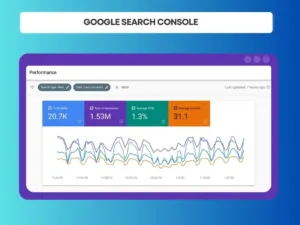 These tools provide valuable insights into key metrics such as organic traffic, bounce rate, dwell time, and conversion rates. For instance, organic traffic shows how many users are finding your content through search engines, while bounce rate and dwell time indicate how engaging your content is. Conversion rates, meanwhile, measure how effectively your content drives desired actions, such as sign-ups or purchases. Regularly reviewing these insights allows you to spot trends, identify issues, and optimize your content strategy for better results.
These tools provide valuable insights into key metrics such as organic traffic, bounce rate, dwell time, and conversion rates. For instance, organic traffic shows how many users are finding your content through search engines, while bounce rate and dwell time indicate how engaging your content is. Conversion rates, meanwhile, measure how effectively your content drives desired actions, such as sign-ups or purchases. Regularly reviewing these insights allows you to spot trends, identify issues, and optimize your content strategy for better results.
2. Analyze Content Performance Reports
Go beyond overall metrics and dive deeper into the performance of individual pieces of content to understand which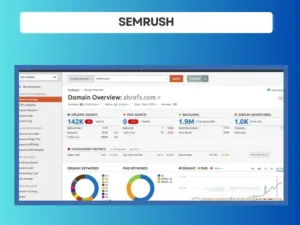 articles or pages are driving the most traffic. Tools like Google Analytics offer detailed performance reports that can highlight your top-performing content. Look for opportunities to improve underperforming pages by updating outdated information, incorporating relevant and target keywords, or adding internal links to boost engagement and improve navigation. Additionally, consider analyzing user behavior on these pages—such as time spent and scroll depth—to better understand how visitors are interacting with your content.
articles or pages are driving the most traffic. Tools like Google Analytics offer detailed performance reports that can highlight your top-performing content. Look for opportunities to improve underperforming pages by updating outdated information, incorporating relevant and target keywords, or adding internal links to boost engagement and improve navigation. Additionally, consider analyzing user behavior on these pages—such as time spent and scroll depth—to better understand how visitors are interacting with your content.
3. Monitor Keyword Rankings
Tracking how your content ranks for target keywords is crucial for understanding its visibility in search engines. Use tools like Ahrefs, SEMrush, or Google Search Console to monitor changes in keyword rankings. If you notice a drop in rankings, it may signal the need for a strategy adjustment. This could involve incorporating new long-tail keywords to target niche queries, improving on-page SEO elements like meta titles, headers, and alt tags, or even enhancing the user experience by improving page speed and mobile-friendliness. Regularly benchmarking your rankings against competitors can also provide insights into gaps or opportunities in your keyword strategy.
By consistently monitoring these aspects, you can ensure your SEO content remains competitive, relevant, and primed to drive long-term results.
Real-Life SEO Content Case Studies and Key Takeaways
1. Golf Blog Sees 300% Traffic Growth
A golf blog optimized its content by updating outdated articles, adding target keywords, and including high-quality visuals like images and infographics. This simple strategy led to a 300% increase in organic traffic, proving the power of content optimization.
Takeaway: Regularly update your content with fresh keywords, visuals, and detailed guides to keep it competitive in search results.
2. AI Education Program Increases Traffic by 427% in 3 Months
An AI-focused high school program created keyword-rich blog posts targeting specific search queries. This targeted content strategy resulted in a 427% spike in organic traffic and boosted user engagement.
Takeaway: Focus on creating high-quality, keyword-targeted content to attract the right audience and increase traffic quickly.
Conclusion: Build a Winning SEO Content Strategy
Creating and optimizing SEO content is the foundation of a strong online presence. By tracking performance metrics, improving keyword rankings, and consistently producing high-quality content, you can boost organic traffic, improve your search rankings, and achieve your business goals.
Start by applying the techniques in this guide and monitoring your progress. Tools like AIOSEO can help streamline your efforts and maximize results. Don’t forget to address common challenges, such as fixing duplicate content issues for better SEO.
Whether you’re a business owner, marketer, or SEO content writer, success starts with strategic planning and consistent execution. Keep refining your content for search engines and user experience, and you’ll stay ahead of the competition.
Take the next step in your SEO journey with Rankonix today!
FAQs
1. What is SEO content?
SEO content is any content created with the goal of ranking high on search engines like Google, attracting organic traffic, and meeting user intent. It balances quality writing with smart keyword usage and on-page SEO techniques.
2. Why is SEO content important?
SEO-optimized content helps your website gain visibility, rank higher in search engine results, and drive traffic. It also builds your brand’s authority and credibility by answering user questions effectively.
3. How can I monitor SEO content performance?
Use tools like Google Analytics, Search Console, and Ahrefs to track traffic, bounce rates, and keyword rankings. These insights help you refine your content for better results.
4. How often should I update SEO content?
Review and update your content every 6-12 months. Refreshing outdated information, optimizing keywords, and improving readability are key to maintaining your rankings.
5. Can AI tools create SEO-friendly content faster?
Yes, AI writing tools like Jasper AI or AIOSEO’s AI Writing Assistant can produce SEO-optimized content quickly while maintaining quality. They’re great for scaling your content strategy efficiently.
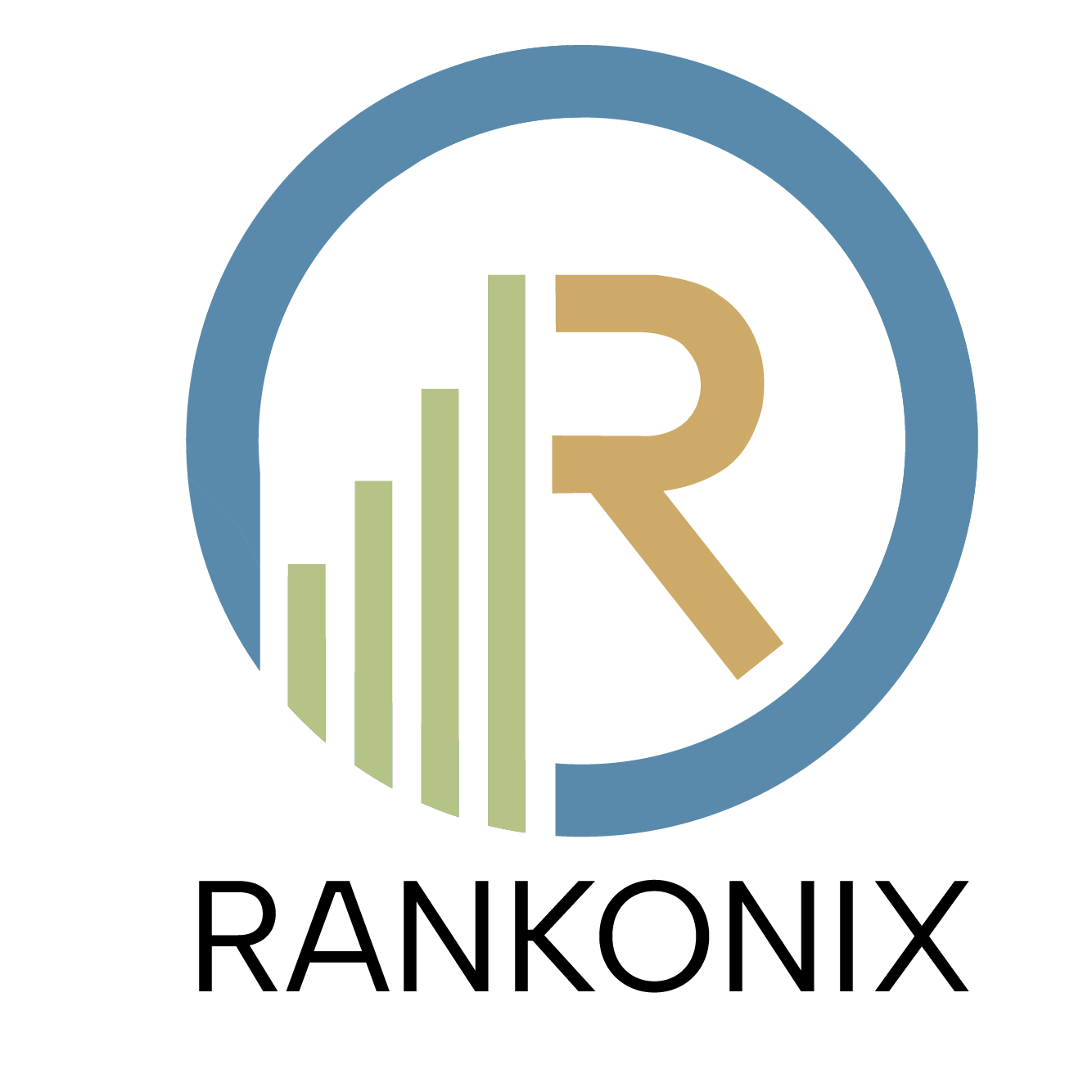

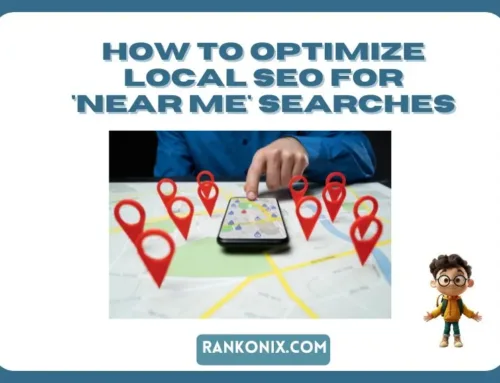

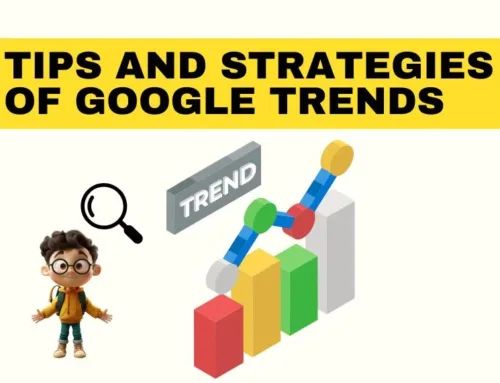

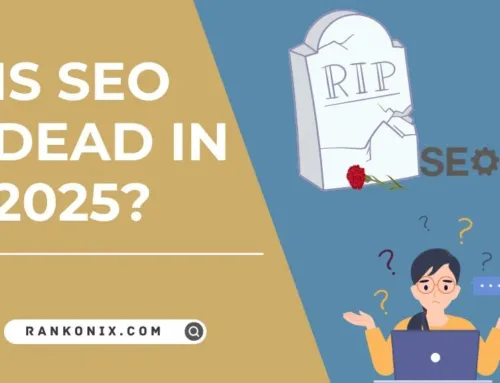
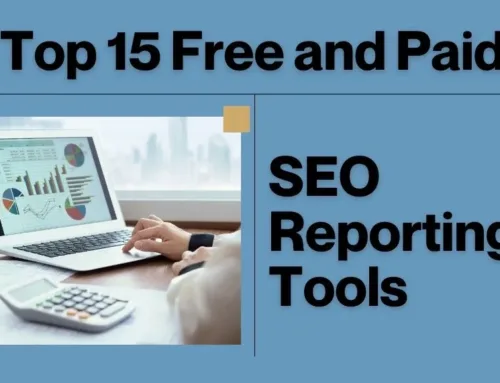
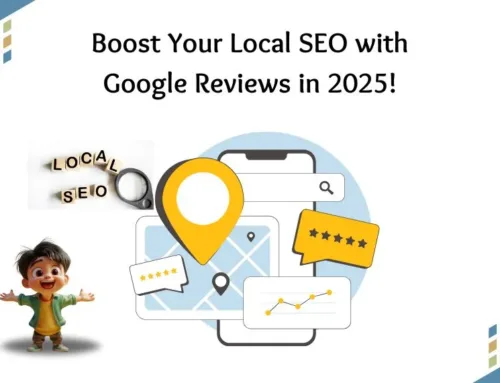

[…] desktop SEO, mobile SEO focuses on key aspects such as page speed, responsive design, and content readability, all of which enhance the user experience on smaller […]
[…] core of white hat SEO is creating a website with high-quality, engaging content that naturally attracts visitors and earns backlinks. Essential steps include […]
[…] maximize your content’s impact and increase organic search traffic, start by refining it with well-chosen keywords. Keyword research and targeting are essential as […]
[…] SEO not only benefits search engines but also enhances user experience. Optimized websites load quickly, offer easy navigation, and provide seamless, mobile-friendly interfaces—all […]
[…] engines decide where your page should show up in search results. They look at things like how relevant and high-quality content you have. It’s like a popularity contest where the best pages win top […]